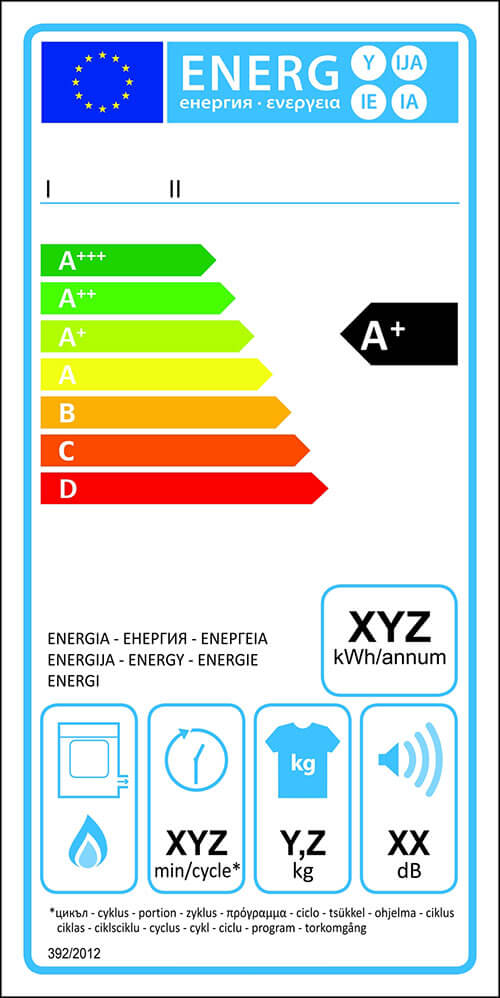
All You Need to Know About the New Appliance Energy Ratings
March 31, 2021 | General Appliance Care & Advice | No comments
When it comes to household appliances, we all want to make the most out of our money. That’s where appliance energy ratings come in… and fortunately, with the new and improved energy rating labels being introduced from this month onwards, getting the best for your buck will be easier than ever!
We’re strong believers of “repair, not replace”… but sometimes, unfortunately, there’s just no other choice. If you’re finding that a home appliance just isn’t doing the trick anymore, no matter how many spare parts you throw at it, it might be time to cut your losses and get it replaced. If so, read on to find out how the new energy rating labels can at least help you make more cost-effective and eco-friendly choices with your appliances. You’ll be glad that you did, and so will your bank account!
What Are Appliance Energy Ratings?
In simple terms, an energy rating label tells you how energy efficient an appliance is, and by extension, how much it will cost to run. Many household appliances come with an energy rating label, including white goods such as refrigerators, washing machines and tumble dryers.
Energy rating labels are useful because they help you save money, be mindful of your energy output and make environmentally friendly choices. The more efficient your home appliances are, the lower your utility bills will be. Energy-efficient appliances also reduce the amount of harmful gas emissions released into the environment, making them beneficial for everyone.

Out with the Old
The old energy rating labels most commonly used up to this year (pictured on the left) use a scale of A+++ to D. This scale tells you how energy efficient an appliance is. Much like school grades, an A+++ is what you want to see whereas a D is something you probably want to avoid! For example, each plus sign stands for 10% efficiency, so an appliance with an A++ rating will be 20% more efficient than an appliance with a standard A rating.
However, these labels are now somewhat outdated. As home appliances are becoming consistently more efficient, it’s not hard for most of them to hit top marks, making it difficult to tell the difference between the lot. As such, many household appliances have outgrown these labels, meaning that it’s time for a change.

In with the New
The new energy labels that are being introduced from March 2021 will instead follow a more suitable A to G rating system. Due to the higher standards being implemented to make room for improvements with household appliances, you will now be able to better differentiate those that are more efficient from those that are… well, not so much.
For example, an appliance that once had an A+ rating with the old label may only have a C rating with the new one. This will help you better understand the differences between appliances that may not have been so clear with the older, outdated labels. This is to allow for new and improved appliances that will be even more energy-efficient than the appliances we tend to see today, as well as older models that aren’t quite up to scratch anymore.
It’s in the Detail
While the same basic rating system will apply to many appliances, the new energy rating labels will go into a little more detail for each separate appliance. For example, a fridge has different properties to a washing machine, and so their labels will include energy information specific to their function and purpose. This is especially useful for learning the differences between appliances, including their cost and energy expenditure.
Thank you for taking the time to read our blog post on all you need to know about the new appliance energy ratings. Hopefully, you will now be even more eco-friendly, energy-efficient and cost-conscious when it comes to your home appliances. Your bank account with thank you for it – and Mother Earth will too!
While we’re on the topic of appliance-related changes in 2021, check out our blog post on the new ‘Right to Repair’ changes and how they could benefit you!
Tags: appliance advice, Appliance News, Energy Efficiency, Energy Saving Tips

